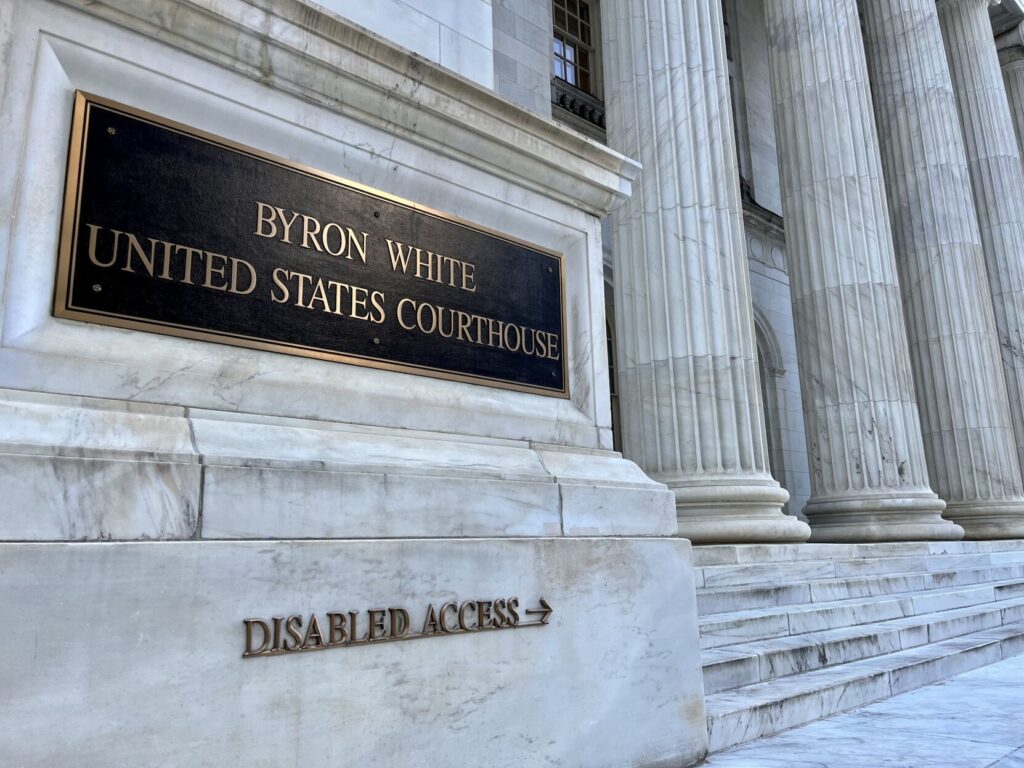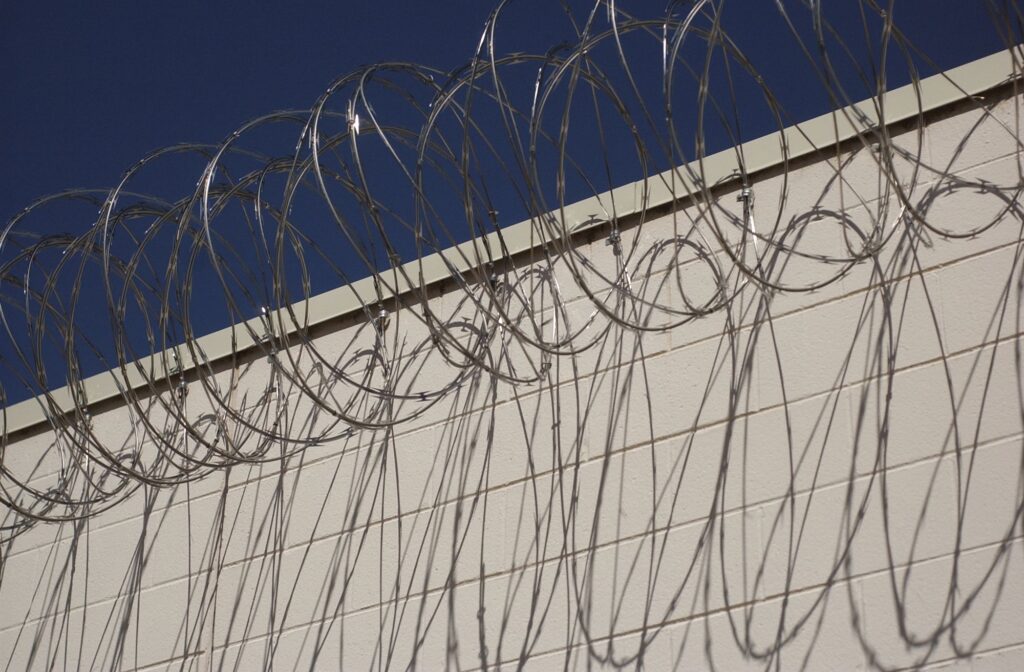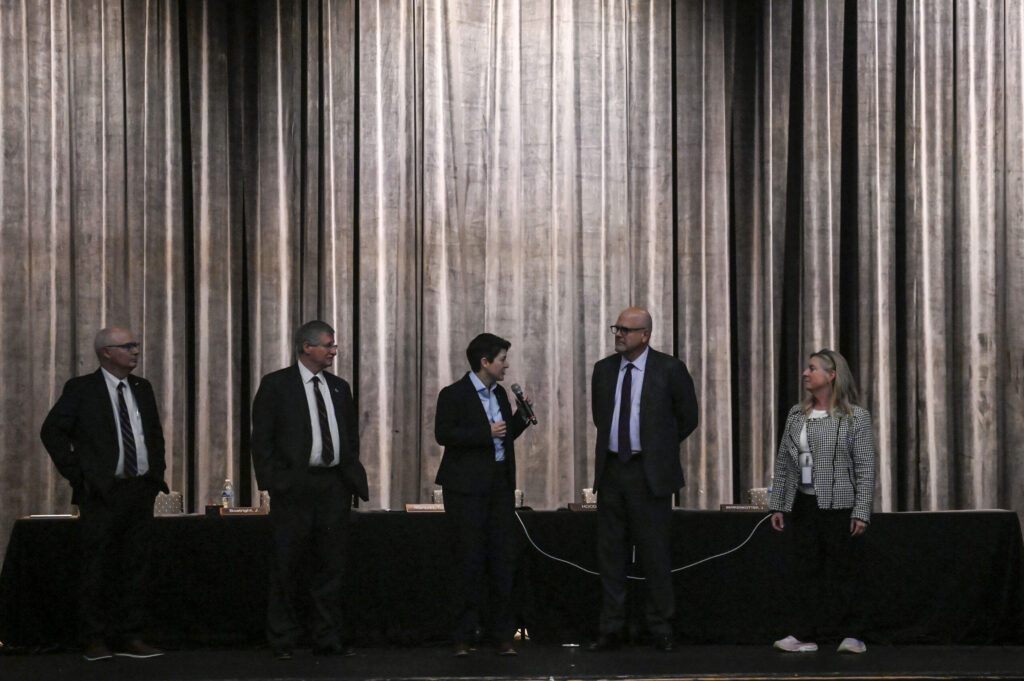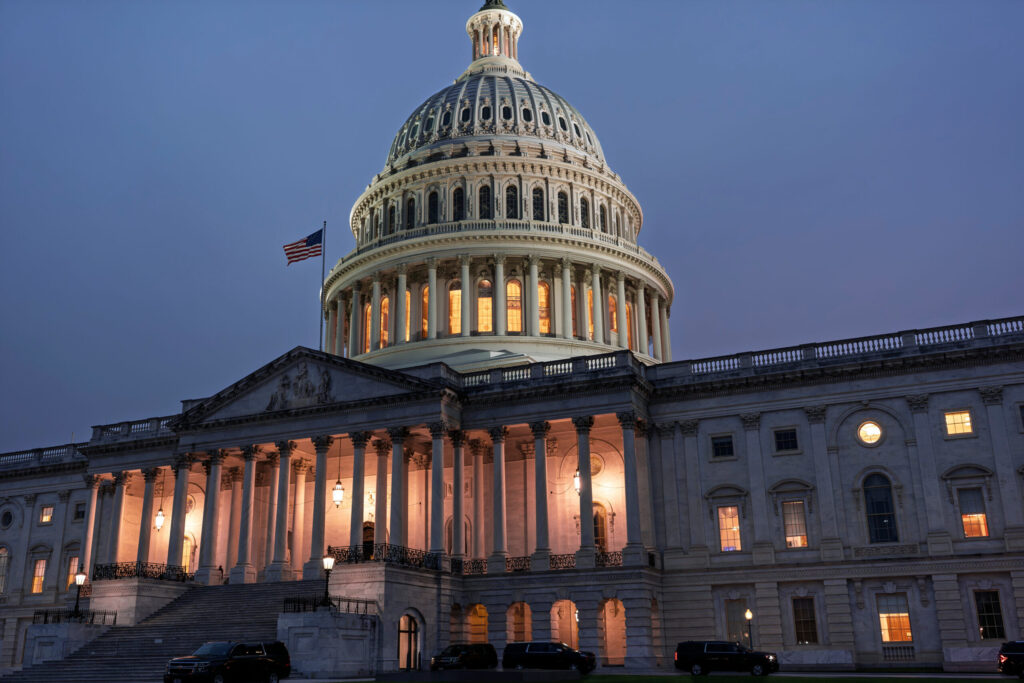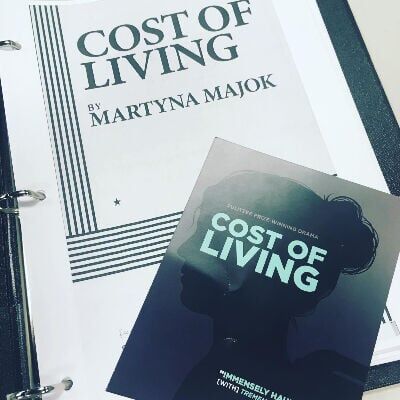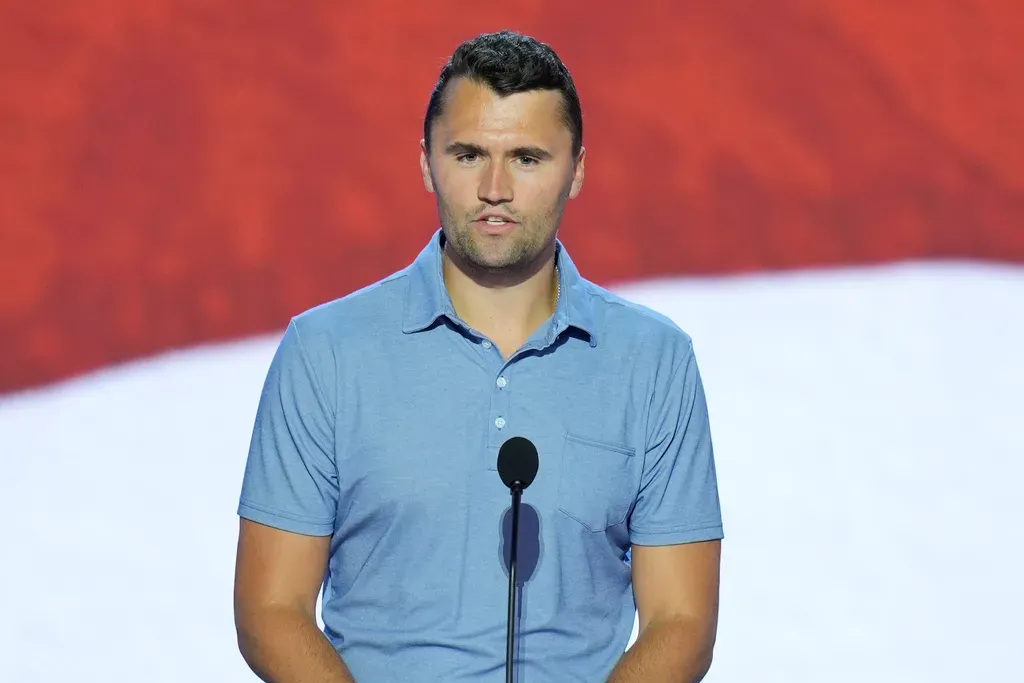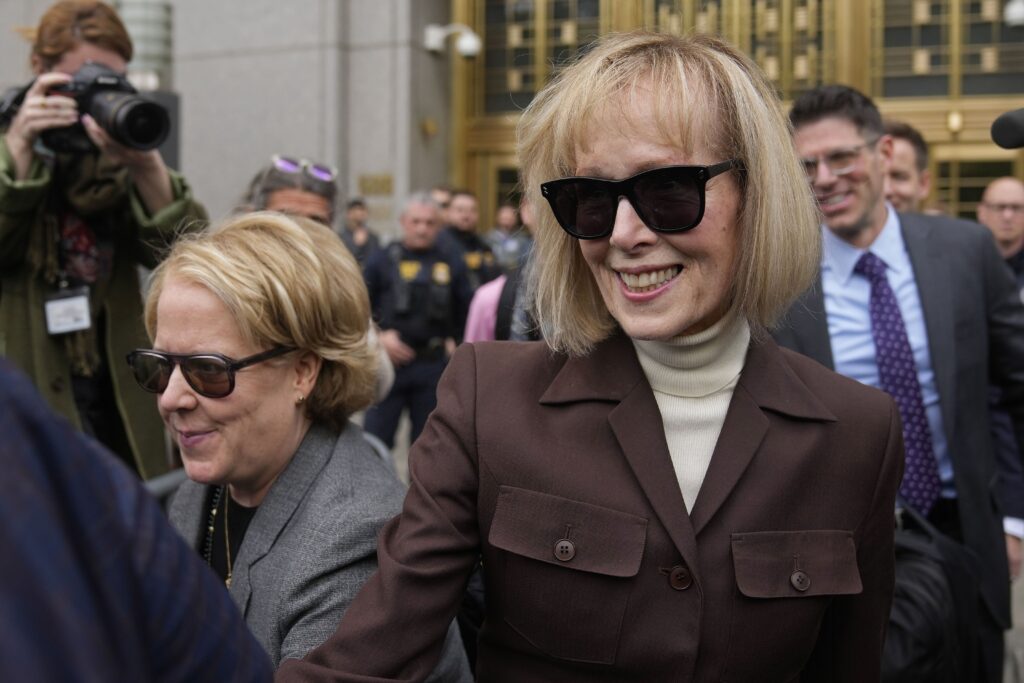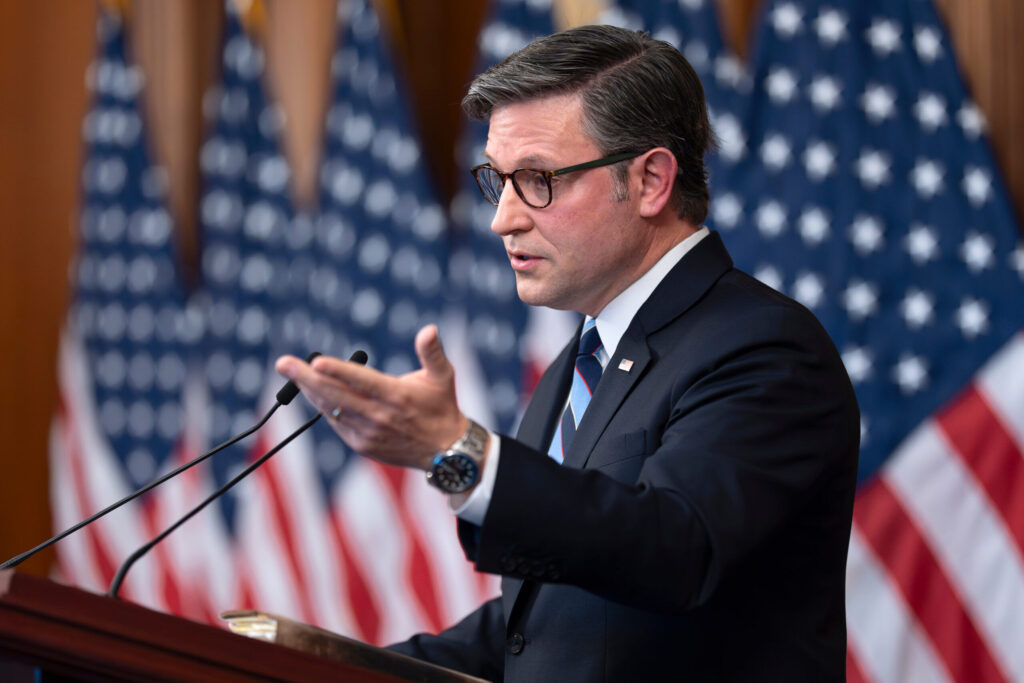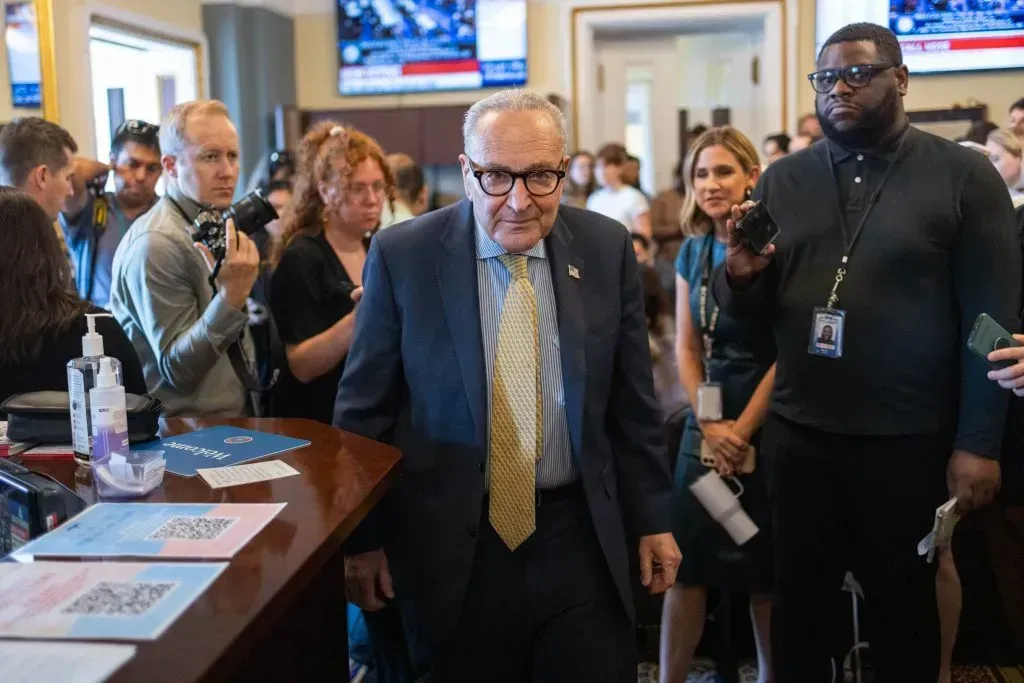Jefferson County’s $273 million project — part of Peaks to Plains Trail — sparks excitement, push back
An ambitious trail to connect the Continental Divide to the Denver metro is dividing the residents of Jefferson County, with some balking at the $273 million cost and others excited at the prospect of better access to the “truly quintessential Colorado experience.”
When completed, the 65-mile Peaks to Plains Trail will connect the Continental Divide at Loveland Pass to the South Platte River Trail in Denver. Fourteen miles of the trail will be in Jefferson County, including a six-mile stretch through Clear Creek Canyon.
The county’s segment alone — 13.75 miles to be exact, with nine trailheads — will cost an estimated $273 million. About 83% of the cost will be paid for by the country’s Open Space tax funds, and about 17% will be covered by grants and awards that have been raised over a stretch of nearly two decades.
That translates to roughly $20 million per mile, and while some see it as a wonderful endeavor for the outdoor community, others worry about the price tag.
“I think it’ll be used, certainly,” Tod Anderson, a resident of Thornton and Jefferson County for over 39 years, told The Denver Gazette. “But it’s how much money they are spending on it. What other alternatives are there to where you build that trail?”
Anderson posted the new plans on NextDoor, questioning the $273 million cost.
Some of the commenters said they are confused by the point of the trail and its hefty price. Steve Smith called the trail the “biggest waste of money” he’d have ever seen.
Others welcomed the spending.
“I love this trail and am thrilled it is continuing to completion,” said Kim Adams.
The public feedback has been “amazing,” according to Scot Grossman, project management supervisor at Jefferson County Open Space, particularly noting that the trail will be fully paved and compliant with the Americans with Disabilities Act.
“We’re providing access to the creek and climbing areas. We are providing access to anything for anyone,” he said.
‘A balance between cost, efficiency, aesthetics’
The feasibility study regarding the trail began with Jefferson County’s open space department around 2006, according to Grossman. The department then received a $4.6 million grant from Great Outdoors Colorado, as part of the River Corridor Initiative, in 2012, which helped fund the first section of the trail.
The vision, as outlined by a document hosted on the Denver Regional Council of Governments’ website, is a 65-mile trail that metro Denver’s more than three million residents can access, connecting four counties and seven cities.
“It’s incredible to imagine that someone could feasibly land at Denver International Airport, hop on their bicycle, and head westward on the P2P Trail, connect with the Summit, Eagle and Garfield Counties’ trail networks across some of Colorado’s premier landscapes, to soak in the hot springs of Glenwood Canyon, and vice versa!” the document says. “Once completed, this trail will offer visitors a truly quintessential Colorado experience.”
Grossman, the officer from Jefferson County, pointed to newer grants that, he said, have helped pave the way for construction, adding the county works to leverage its dollars to pull in federal and state money, plus other sources of funding, to “make big capital projects like this happen.”
For example, Open Space was recently awarded $19 million for the trail from Denver Regional Council of Governments, according to Grossman.
The rest of the funding not generated by grants comes from the Open Space 0.5% sales tax, which voters approved in 1972.
The Peak to Plains Trail, unveiled in 2016, was listed as one of former Colorado Gov. John Hickenlooper’s 16 highest priority trail projects, part of the “Colorado the Beautiful Initiative.”
The first part of the Jefferson County segment, meeting with Clear Creek County on the westside of Clear Creek Canyon Park, officially opened in 2017.
The first eastern part, which connects Golden to the park, has been completed. The next few sections are being done in segments, with the full Jefferson County segment of the trail — around 14 miles — set to be finished around 2030.
The most expensive part will be the six-mile stretch through the actual canyon, which will cost an estimated $150 million.
“The canyon itself is really the big missing link in that 65-mile corridor,” Grossman said. “The canyon itself, because of the narrowness of the tunnels, does not allow bikes or pedestrians in it. That’s the piece that is currently not passable.”
Grossman said a team of designers, contractors, scientists and consultants are working together to ensure the trail’s efficiency and aesthetics, and keep it away from the highway when possible.
The trail is more than just a carved path, hiking up the price. The trail is set to be completely paved, have multiple parking lots and feature bridges and other attractions.
“What’s cheap now might not be cheap 15-20 years from now,” Grossman said. “In a lot of these situations, we’re only getting one chance to get into these areas. So, it’s a balance between cost, efficiency, aesthetics and longevity. We’re building all of this for a 100-plus year lifespan.”
He added: “I think it’s important to look at this as the build out of Clear Creek Canyon Park and not just the Peaks to Plains Trail. Clear Creek Canyon, we bought over 40 land transactions over 20 years and slapped a ‘welcome to Clear Creek Canyon’ entry sign on both ends. We never actually built a park.”
He also likened the trail to a national park at the canyon — the only difference is that it is run by a small municipality.
‘Plenty of other options’
But for residents like Anderson, the price tag is excessive.
Anderson speculated there are cheaper and more efficient ways to make the trail, avoiding moving through the canyon and keeping the trail on the sunny side of the park.
“To build what they’re going to build, they’re essentially going to have to build a bridge up the canyon. That’s why it’s so expensive,” Anderson said. “They will need heavy, major construction to force a bike path up the narrow cliff line canyon when there are plenty of other options.”
He also said the overall price for the trail has not been made public to county residents, only to those considered Open Space volunteers.
Grossman said the department has been open about its financing and plan, holding “multiple” public and community meetings.
To Grossman, the trail is worth the price, adding the department is doing its best to keep prices efficient.
“If you go to any of our trailheads, the diversity of visitors of all abilities and ages is pretty amazing,” he said. “The fact that you can now take a wheelchair on an accessible trail to a climbing area and have accessible climbing is a pretty unique thing.”
The idea and trail, Grossman added, is “bigger than Jefferson County.”
For Annie, who has lived in Golden for three years and Colorado for 31, the trail offers an exciting idea.
When Annie moved to the state from Louisiana, she was most excited for the opportunity to get out and “access trails and nature and all of those things that are to be enjoyed in the great outdoors,” she said.
“I see it getting good use. I think it’s exciting that they’re going further and further,” she added, noting she prefers short, not long, hikes. “I’m very happy with the fact that they are creating the various parking lots so people can start at various points. For me, I’m not a big hiker, so it allows me to do a little section today and a little section next time.”
She also said it’s good for the state, as it gives people with wheelchairs and disability a highly accessible place to see the “beautiful outdoors.”
To Anderson, however, the trail is part of a concerning trend by the Open Space department.
Most people he has spoken to have been baffled by the overall cost of the trail, he said, adding, “It’s ridiculous to spend that much on a bike path.”
“They’re gobbling up real estate because they have tons of money that can only be used for open space,” he said. “This is a high-profile, pet project. It’s this big thing that they are all excited about. They don’t care how much money they spend on it, that’s visible.”



